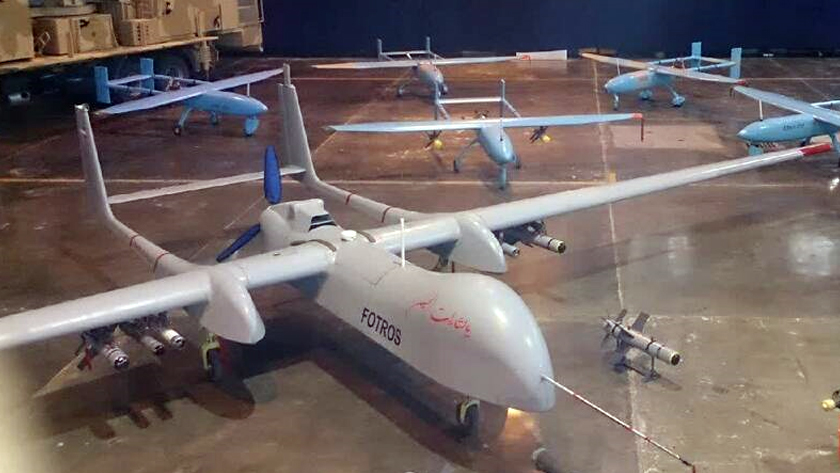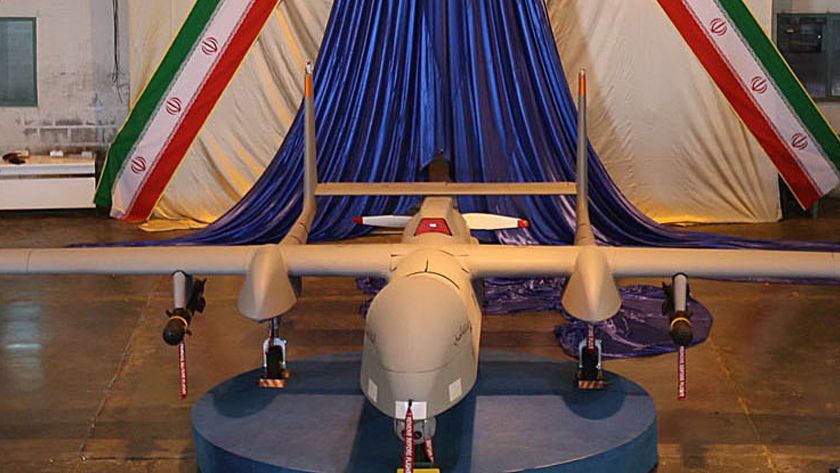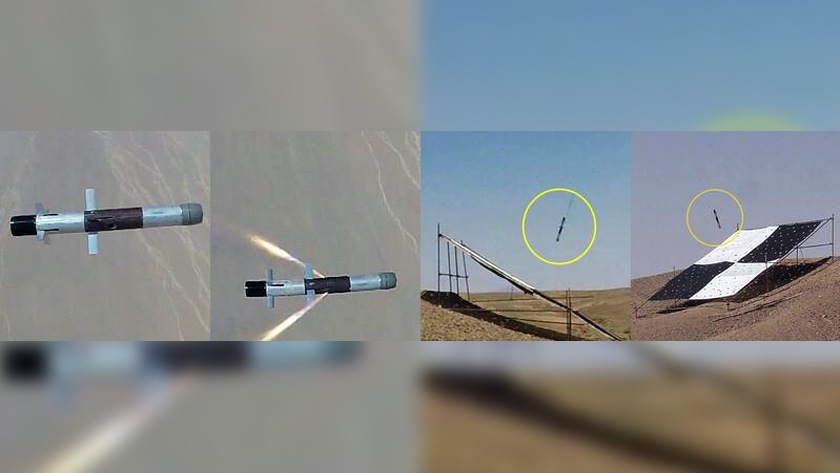Iran Press/ Iran news: Iran's UAVs have been among the most valuable symbols of the growth and development of the country's defense industry, which has established its position in the defensive and offensive strategies in operations against the enemy in the West Asian region.
In recent years, Iran's drone capability has been accompanied by a significant leap by focusing on the two elements of quantity and quality of drones and arming them with precision-guided bombs and missiles, in a way that Western study centers consider Iran as one of the top five countries in the world in the field of combat drones.
The Fotros long-range drone is one of the most important achievements in this regard.

Features
Fotros is a reconnaissance and combat drone unveiled on August 21, 2020, in Isfahan and handed to the IRGC's Ground Force.
Fotros is the largest UAV made in Iran, with a wingspan of 16 meters, a flight duration of 16 to 30 hours, and an operational range of 1,700 to 2,000 kilometers (of course, these two depend on the amount and number of missiles carried by the drone).
The range of this drone is about 4,000 km, and the speed is about 250 kilometers per hour.
This UAV is also equipped with fuel tanks with a capacity of 350 kg inside its fuselage and wings, which can be increased to 450 kg.

Monitoring of sea and land borders, monitoring oil pipelines, telecommunications, road traffic control, surveillance of earthquake, fire, and flood areas, environmental protection, and sending detailed videos and photos throughout missions are among the capabilities of Fotros.
It can play its role for more than a day hundreds of kilometers away from Iran's water borders to monitor the movement of surface and submarine vessels (the role of the P3F patrol aircraft today) as well as to send early warnings to the enemy fleet; it can rush to the aid of naval fleets in the east and west of the Indian Ocean if necessary.
The drone also has the ability to record video and aerial photography and send live (Real-time) images and the ability to record images at the ground control station, the ability to plan a round trip, perform missions on a computer relying on autopilot and internal navigation systems such as GPS / INS and constantly sending flight information.
The drone has a higher capability than the American General Atomics MQ-1 Predator; while Fotros' flight duration is between 16 to 30 hours, the MQ-1 flight duration is 24 hours.
The special capabilities of the Fotros UAV include the ability to film and take aerial photos and send live images, the ability to plan a round trip, the use of autopilot, and the constant sending of flight information.

2nd version of Fotros drone
One of the items considered in the UAV exhibition of the Ministry of Defense on August 21, 2020, on the Defense Industry Day, was the construction of the second model of the Fotros drone.
One of the highlights of the new Fotros was the upgrade of the fixed-to-retractable landing gear, which reduced the drone's drag force and improved engine performance.
Another point that can be deduced from the images published from the Ministry of Defense UAV exhibition about this drone is the significant increase in firepower compared to the past.
Previously, Fotros was equipped with two laser-guided Qhaem-114 missiles. Still, during the Defense Industry Day ceremony, the number of weapons carried by this large UAV increased to six, and a variety of weapons were observed, including vertical bombs and anti-tank missiles; in addition to increasing combat capability, this leads to increasing its operational flexibility in dealing with various targets.
In the new images, under each wing of the drone, a wide range of Qhaem optical guidance bombs and a new Top Attack anti-tank missile made by the Ministry of Defense are installed on this drone using 2 hardpoints of weapons installation.
In fact, the drone carries a Qhaem bomb under each wing and two Top Attack anti-tank missiles, for a total of 2 Qhaem bombs and 4 anti-tank missiles on both wings.
A distinctive feature of Top Attack missiles, from which their name derives, is the attack on tanks and armor from the top because tanks and armored vehicles usually have weaker armor protection at the top, and attacking from above will make them vulnerable anti-tank missiles.

Specifications
Range: 2,000 km
Maximum flight duration: 30 hours
Flight ceiling: 25,000 feet (7620 meters)
Speed: 150 to 250 km per hour
Length: 9 meters
Wingspan: 16 meters
Weapons: 4 positions to carry a variety of surface-to-air and anti-tank missiles
214/206
Read More:
Joint Air Defense HQ; Guarantor of security of Iran's sky
ahmad shirzadian

